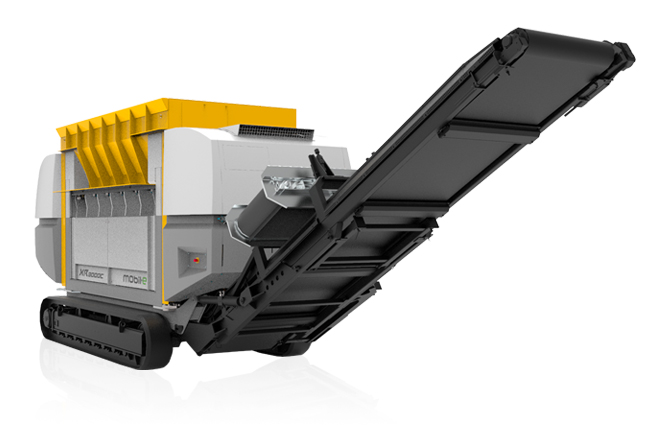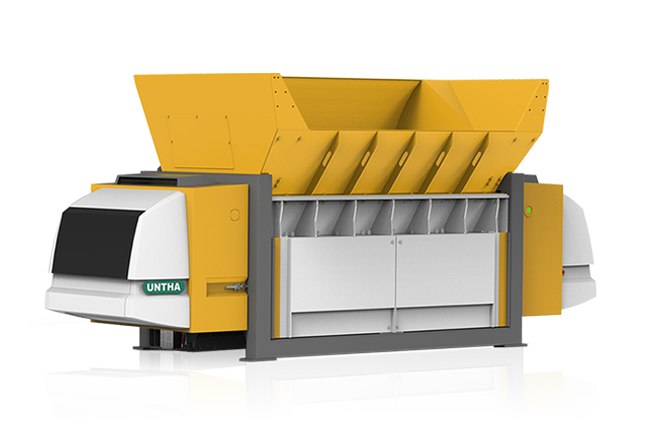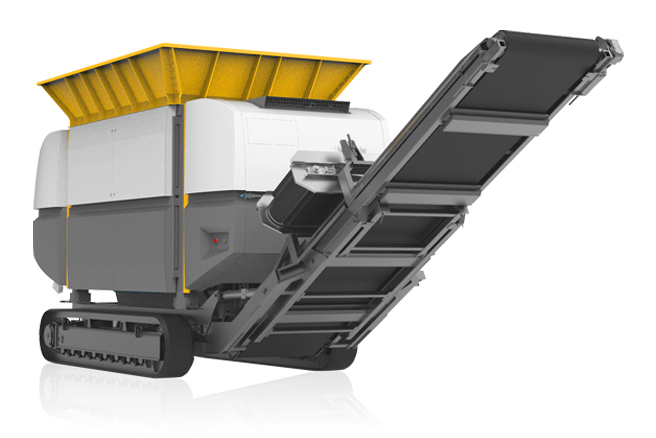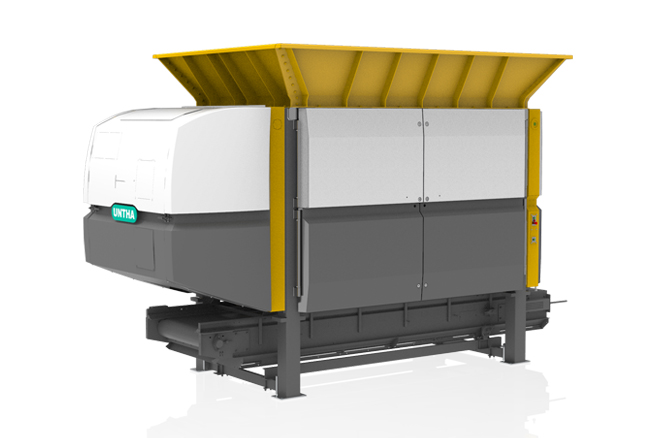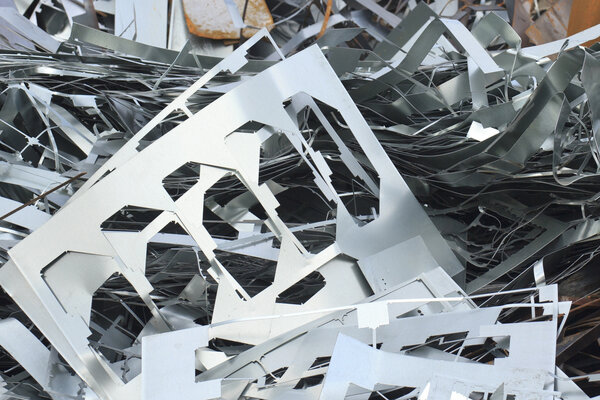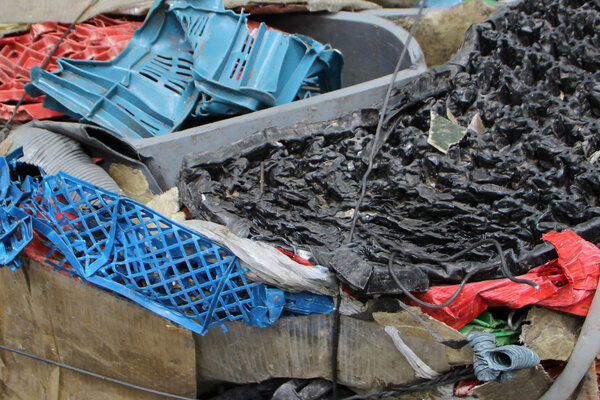Material
Nearly 260 million tons of MSW is generated in the US annually, of which approximately 53% ends up in landfills. Of the remaining waste, approximately13% is used for energy production and the remaining amount is then recycled.
One way to reduce the amount of waste heading to the landfill is to increase Waste to Energy use. Our reliable and efficient waste shredders are specifically designed for this demanding task.
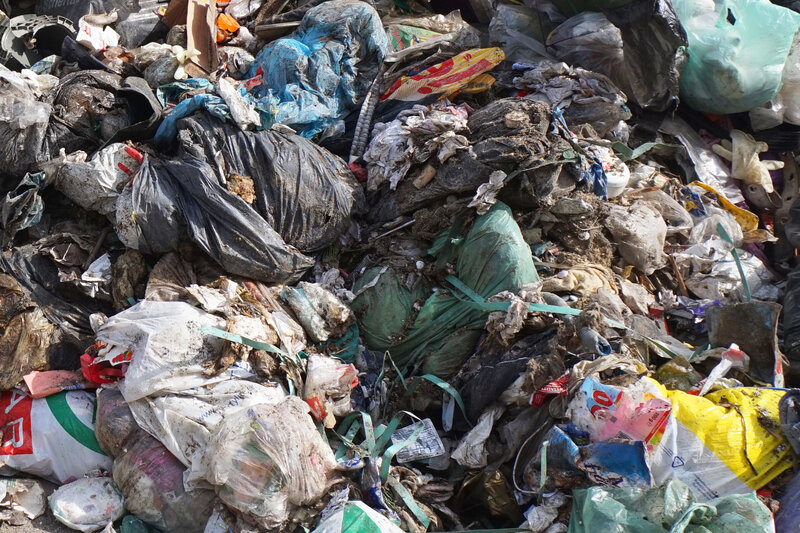
Find the right shredder

SHREDDING MUNICIPAL SOLID WASTE
Nearly 1,000 lbs. of waste is generated per capita annually. In many places, recyclable materials are not separated from non-recyclables, which are then disposed of as residual waste. This material is usually destined for the landfill, possibly the worst waste disposal method currently in use.
The aim is to create more valuable uses for this residual material, which can consist of household and commercial wastes.
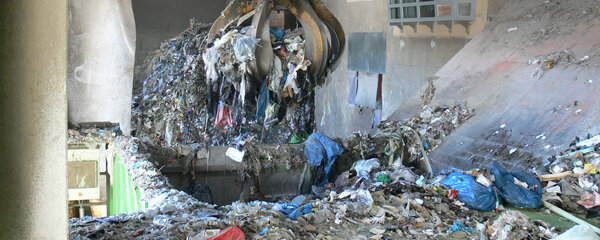
Mechanical and biological waste treatment for substitute fuel and anaerobic digestion
Residual waste goes through several steps to extract the useful components.
First, any large or unshreddable items must be removed from the waste stream.
Bagged trash must be opened, either by a preshredder or a bag opener, ensuring that material is loose enough and correctly sized for efficient separation.
Fine materials, such as glass, sand, and small stones, are then screened out of the waste stream.
Ferrous materials are pulled via magnet, and nonferrous materials like aluminum are removed with the aid of an eddy current separator.
The remaining fraction, primarily materials with high energy value, is shredded into consistently sized substitute fuel for power generation. Organic materials can be screened out and processed into biogas via anaerobic digestion.
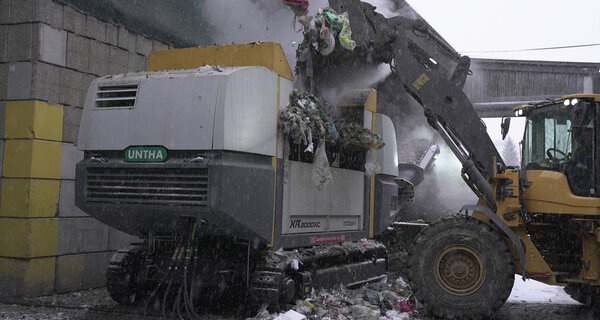
The solution
Our purpose-built waste shredders are optimized for this application. Their low speed, high torque, and robust construction allow them to produce a very consistent, high-quality granulate while at the same time being resistant to tough and unshreddable items.
XR class shredders have proven themselves time and again in substitute fuel processing and can be used as both pre- and secondary shredders in a two-stage process or configured for single stage use.
